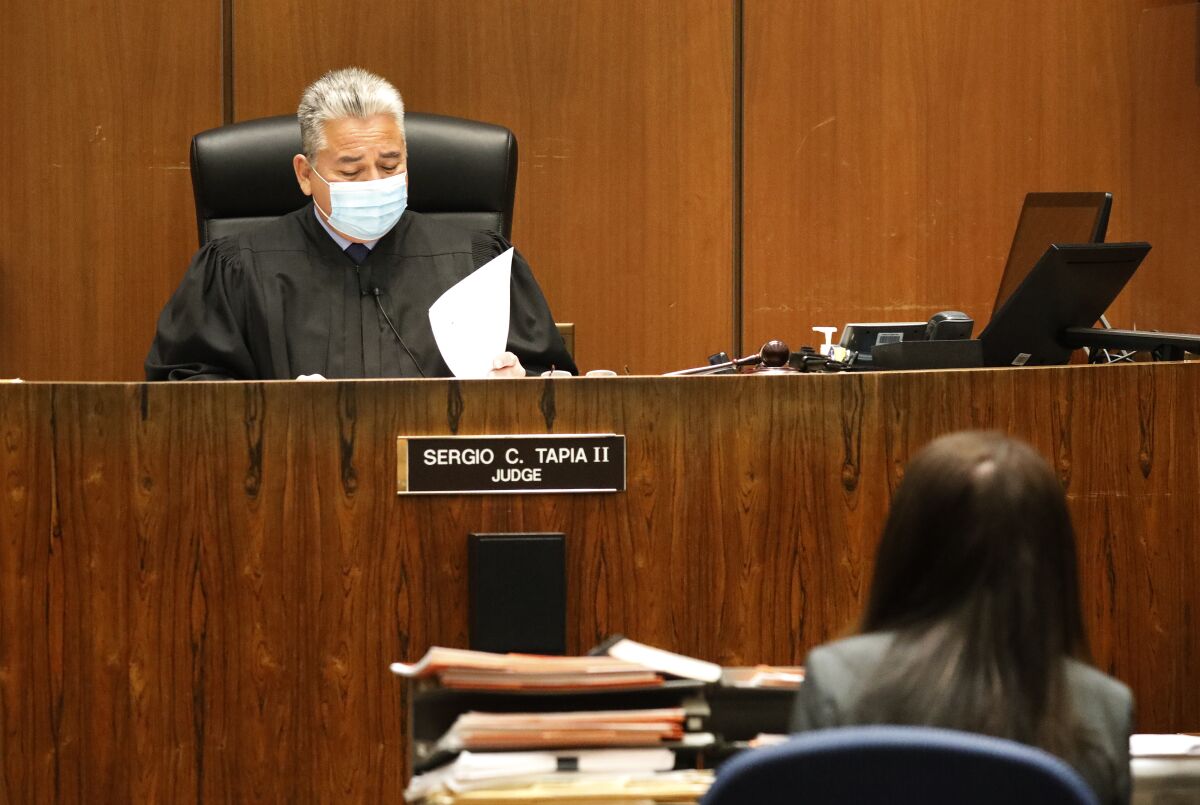What is Coercive Control in Domestic Violence
Recently updated on April 9th, 2024 at 12:38 am
“Coercive control is a form of domestic violence” often overlooked and misunderstood. This pattern of behavior involves using manipulation, intimidation, and control to dominate a domestic partner or family member. While it may not always involve physical violence, coercive control can be just as damaging to a victim's mental and emotional well-being. In Washington State, recent legislative changes have addressed this issue and provided more protection for victims. Coercive control can manifest in many ways, such as through intimidation or threats of harm toward the victim, loved ones, or pets. It can also involve damaging or threatening to destroy property, monitoring the victim's online activity, distributing personal images, and taking control of their social media accounts. Additionally, an abuser may use firearms to intimidate, exploit the victim's finances, file abusive lawsuits, and engage in other harassing behaviors. Coercive control is often not recognized or acknowledged despite being a prevalent form of domestic violence. An example of non-recognition of coercive control is when a woman is in a relationship with a man who uses coercive control tactics against her. He isolates her from her friends and family, restricts her access to money, and monitors her every move. Despite having evidence of the coercive control behavior she experienced, the woman finds that the court system is not taking her claims seriously. The judge might ask her why she didn't leave sooner or why she stayed in the relationship if she was being treated badly. The judge may not fully understand the concept of coercive control and how it can be just as damaging as physical violence. In Washington State, recent legislative changes have addressed this issue and provided more protection for victims. Washington State House Bill 1901, which went into effect in 2020, provides a sweeping definition of coercive control. It is defined as "a pattern of behavior that unreasonably interferes with the victim's free will and personal liberty and includes, but is not limited to, engaging in psychological aggression, including but not limited to: isolating the victim from friends, relatives, or other sources of support; depriving the victim of basic necessities; threatening physical harm to the victim, the victim's children, or another person; or punishing the victim for engaging in conduct that the abuser does not approve of." This definition recognizes the damaging effects that coercive control can have on victims and provides a legal framework to hold abusers accountable. It also acknowledges that coercive control is not just about physical violence but encompasses a wide range of behaviors that can be just as harmful.
Example: Boyfriend blackmails and destroys property to control and induce fear Today, Michael was armed with a pistol and seemed to be under the influence of an unidentified substance. He made threats to create false narratives with the aim of jeopardizing my 28-year accounting career, stating he would falsely accuse me of engaging in illegal financial activities. His menacing statement, "if you mess with me, I'll retaliate," was accompanied by destructive actions, such as damaging property in my home, including creating a hole in the wall. Michael's behavior becomes particularly alarming when he is under the influence of drugs.
How Restraining Orders Solve the Problem
The purpose of a restraining order is to restrict the contact or proximity of one person (the respondent or alleged perpetrator) to another person (the petitioner or victim) in order to ensure the safety and well-being of the petitioner. The specific terms of a restraining order can vary depending on the circumstances of the case e.g. if the people live together then it might require one party to vacate the place. Typically, a restraining order may prohibit the respondent from
- Approaching or contacting the petitioner including via text or social media
- Staying away from the usual places petitioner is at such as home, work or school
- Prohibit stalking, or surveillance of any kind
- In situations where they lived together, provide custody or access to
- Children
- Pets
- Important documents
- Personal items such as clothes, medications, cell phones
- Cars
- Extending the protections to others living with the petitioner
 Reduce Violence
Reduce Violence
Cost Effective
Urban Vs. Rural
Process for Restraining Orders
Gather evidence to support your case
Get a copy of court forms
In order to apply for a civil protection order, you need to fill and submit a specific set of official Washington court forms. These have questions aimed at understanding your situation and the people involved. The most important form is the petition, and it's called Petition for Protection Order PO 001 Petition for Protection Order
The complete set of documents is at the Washington Courts website. While these forms are used in most courts, certain courts use modified versions of these forms, and its important to uses those versions.  Tip: You can check your local court's website to see the exact versions and set of court forms needed. You need to prepare these forms. Courts also offers a free self help center where you can take forms. Alternatively you can use a free website such as LegalAtoms to prepare the restraining orders paperwork online. Nothing happens until you file the forms. So its a good idea to step through the forms even if you think you don't plan to file for a protection order right now, to get You can then file them online when you've thought through all aspects. There are special protections for victims, and you're protected even if your immigration status is undocumented in United States.
Tip: You can check your local court's website to see the exact versions and set of court forms needed. You need to prepare these forms. Courts also offers a free self help center where you can take forms. Alternatively you can use a free website such as LegalAtoms to prepare the restraining orders paperwork online. Nothing happens until you file the forms. So its a good idea to step through the forms even if you think you don't plan to file for a protection order right now, to get You can then file them online when you've thought through all aspects. There are special protections for victims, and you're protected even if your immigration status is undocumented in United States.
Step 1: File the Court Forms
Typically these are filed at your county's Superior Courts or District Court. Some of these courts are also called Family Justice Center.
Step 2: Get a Temporary Order
Depending on the facts and evidence presented, a Judge can issue a restraining order with immediate effect until the hearing, called an Emergency Temporary Order. In relatively less risky situations, a temporary order is issued in a few days. If there are no grounds or if the application is incomplete or the jurisdiction is incorrect the application may be rejected. The temporary order is only valid for about 3 weeks which is the amount of time until the hearing. If the hearing is delayed for any reason, you need to check with the court to ensure the temporary order is renewed until the hearing.
Step 3: Serve the abuser
Step 4: Present Evidence in a Court Hearing
Attend a hearing: The court holds a hearing within a couple of weeks where the evidence is examined. If there is sufficient supporting evidence as determined by a Judge, a full restraining order is issued. At this point it becomes a crime for the abuser to break the conditions of the restraining order. 
Step 5. Collect the Final Order
After the hearing, a final order may be issued. You can take a paper copy of the order with you. The order is typically valid for five years.
Costs
Domestic Violence: $0 (FREE)
Duration
You can get a temporary protection order the same day as you file. Courts can have a cutoff of around 2 p.m. for the same day service, so you need to file before then. Otherwise, the order would be issued the following day when courts open. Courts are generally open Monday-Friday and closed on Saturday-Sunday. The temporary order is valid until a formal hearing is held in which both parties need to be present. Typically a hearing is scheduled in 2 weeks of filing. At the hearing a formal order may be issued
Risks
It is conceivable that following the submission of a civil protection order, the abuser particularly in domestic violence situations may react with anger due to the perceived loss of control over you and your household. In certain instances, the abuser may portray themselves as the victim and shift blame onto the actual victim they were mistreating. The response of your abuser after the filing of a protection order is unpredictable. While a Domestic Violence Protection Order (DVPO) can provide legal protection, one should not automatically assume that it guarantees safety. The initial weeks post-filing can be particularly precarious, contingent on your abuser's reaction. Despite the safeguards intended by a DVPO, abusers may retaliate through various means, such as:
- Physical assault or violence
- Harming or taking away children
- Damaging jointly owned property
- Disregarding the order and persisting with threats, possibly through intermediaries
- Inflicting harm or causing harm to pets
- Harassing your loved ones for information
- Engaging in stalking behavior
- Initiating a retaliatory restraining order against you
- Spreading false information about you in court documents, online, or publicly
Following the submission of a domestic violence Protection order, it's important to continuously assess your situation and prepare for the potential escalation of your case into more violent territory.




